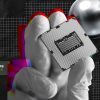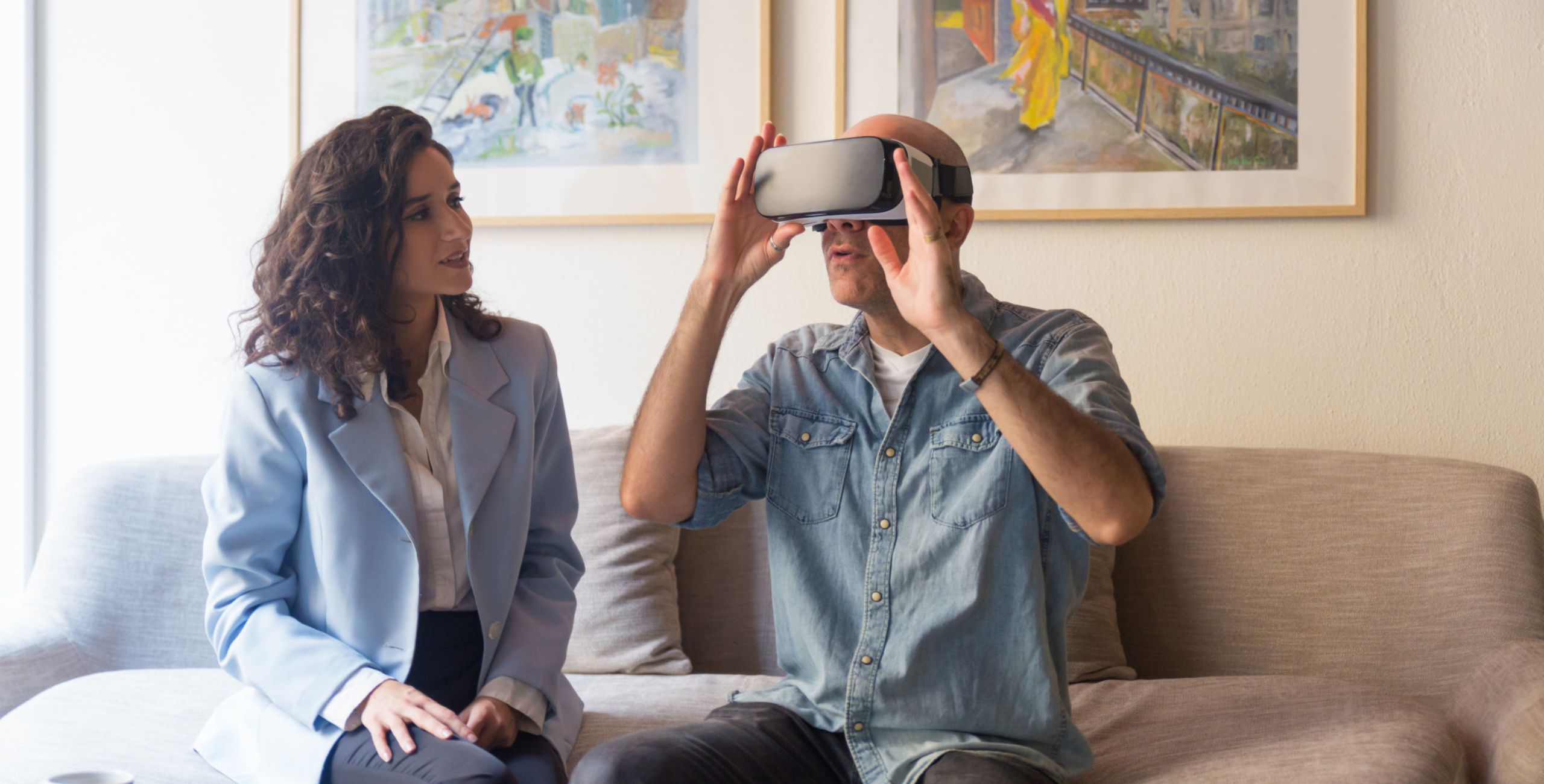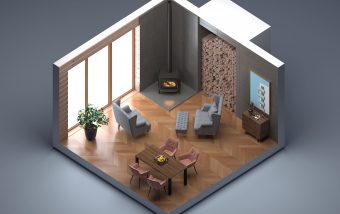White Label Link Building: How Does It Work For SEO Agencies?
Dec 19, 2025

Dec 19, 2025

Dec 18, 2025

Dec 17, 2025

Dec 15, 2025

Dec 15, 2025

Dec 15, 2025

Dec 13, 2025

Dec 12, 2025
Sorry, but nothing matched your search "". Please try again with some different keywords.


The first time I witnessed sound effects transform a VR therapy session, I was floored. This young veteran with severe PTSD had been through traditional exposure therapy with minimal progress. But when our team added carefully calibrated ambient sounds and trigger noises to his VR environment—footsteps crunching on gravel, distant helicopter rotors, muffled voices—something clicked.
His physiological markers showed he was genuinely processing the trauma rather than just enduring it. That’s when I realized sound design isn’t just window dressing in VR therapy; it’s fundamental to its efficacy.
After five years working at the intersection of sound design and therapeutic VR applications, I’ve seen how easy it is to overlook the acoustic dimension. Everyone gets dazzled by the visuals. But the truth? Sound is doing at least half the therapeutic heavy lifting, sometimes more.

Our brains process sound differently than visuals. Sound hits us at a more primal level, bypassing some of our cognitive defenses. Dr. Rachel Yehuda at Mount Sinai has demonstrated how auditory stimuli can trigger amygdala responses before conscious recognition occurs. This makes sound effects particularly potent in therapeutic contexts where we’re trying to access emotional memory networks.
During a pilot study I participated in at UCLA, we isolated sound variables while treating anxiety disorders. Patients experienced identical visual scenarios but with different sound profiles. The scenarios with spatially accurate, high-quality sfx consistently produced stronger therapeutic engagement markers—increased skin conductance, more coherent narrative recall, and higher subjective ratings of presence.
The neuroplasticity angle is fascinating too. Soundscapes create what neuroscientists call “enriched environments,” which promote neural pathway formation. When a phobia patient hears the authentic rustle of spider legs across leaves while seeing the arachnid in VR, they’re forming new associative pathways that simply aren’t as robust with visual stimuli alone.
Working on VR therapy applications has taught me to categorize therapeutic sound effects into several distinct functional types:
Creating effective sound for VR therapy presents unique technical hurdles that commercial VR developers rarely confront. Therapeutic fidelity demands a level of acoustic precision that’s difficult to achieve.
Spatial audio becomes non-negotiable. Unlike entertainment VR where approximations suffice, therapeutic applications require genuine psychoacoustic accuracy. A patient with traffic collision trauma will immediately notice if the approaching car sounds aren’t properly positioned in 3D space. Their threat-detection systems are hypertuned to those specific stimuli.
The uncanny valley exists for sound too. I spent three weeks once trying to get the sound of an elevator door exactly right for a client with elevator phobia. We had to record fifteen different elevators because anything that sounded “almost but not quite right” actually increased her anxiety rather than providing a workable exposure scenario.
Latency issues hit differently in therapeutic contexts as well. A 20-millisecond delay between a visual trigger and its sound might go unnoticed in a game, but can disrupt the immersive therapeutic state needed for reconsolidation of traumatic memories.
The power of sound in VR therapy raises serious ethical questions. How do we balance effective acoustic triggers against the risk of retraumatization? There’s no industry standard yet, though several working groups are developing guidelines.
I’ve advocated for patient-controlled sound intensity protocols after witnessing a session where pre-set stimuli overwhelmed a participant. Now I typically design systems with multiple acoustic intensity levels that can be adjusted in real-time by either the patient or therapist.
There’s also the deeply personal nature of traumatic sounds. Two combat veterans might have entirely different acoustic triggers despite similar experiences. One might react strongly to helicopter sounds, while another might be triggered by specific radio chatter phrases. This necessitates a degree of customization that challenges scalability.
Where is this field headed? The most promising developments I’ve seen involve adaptive systems that respond to biofeedback. Imagine VR therapy where sound elements dynamically adjust based on heart rate variability, pupil dilation, or galvanic skin response. We’re building prototypes now that can increase or decrease specific sound elements based on physiological stress markers.
Personalized acoustic profiles will become standard. We’re moving away from generic sound libraries toward AI-assisted systems that can generate sounds matching patients’ specific traumatic memories. It’s controversial territory, but the preliminary results from labs in Switzerland and Japan show remarkable efficacy.
Multi-sensory integration represents another frontier. Sound combined with haptic feedback creates powerful therapeutic tools. One project I consulted on used subwoofer transducers to let spider phobia patients feel vibrations synchronized with spider movement sounds. The results outperformed visual-auditory combinations alone.
Through all of this evolution, the core truth remains: sound isn’t just supporting VR therapy—it’s often driving it. Every therapeutic VR developer should be working with dedicated audio specialists who understand both psychoacoustics and clinical applications.
As someone who’s watched patients make breakthroughs precisely when sound design elements clicked into place, I can’t emphasize enough: in VR therapy, what you hear is at least as important as what you see. Sometimes, it’s the only thing that matters.
Barsha is a seasoned digital marketing writer with a focus on SEO, content marketing, and conversion-driven copy. With 7 years of experience in crafting high-performing content for startups, agencies, and established brands, Barsha brings strategic insight and storytelling together to drive online growth. When not writing, Barsha spends time obsessing over conspiracy theories, the latest Google algorithm changes, and content trends.
View all Posts
White Label Link Building: How Does It Work ...
Dec 19, 2025
Marketing Fundamentals: How To Build Your Fir...
Dec 18, 2025
AI SEO: Why It Matters & How To Rank O...
Dec 17, 2025
Best QA Testing Tools For Agile Development T...
Dec 15, 2025
NewzNav.com 2014623980: Is This News Site Wor...
Dec 15, 2025

